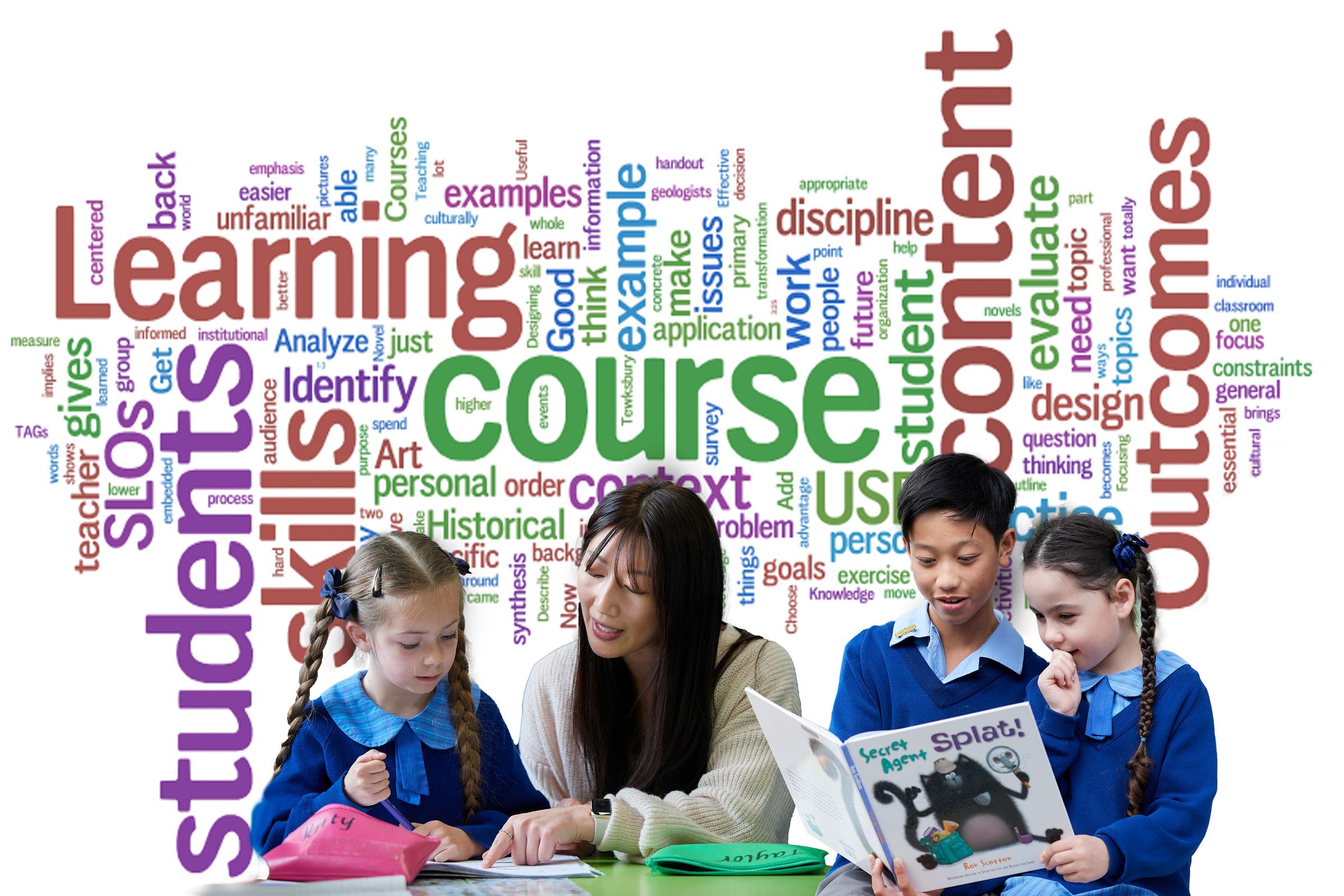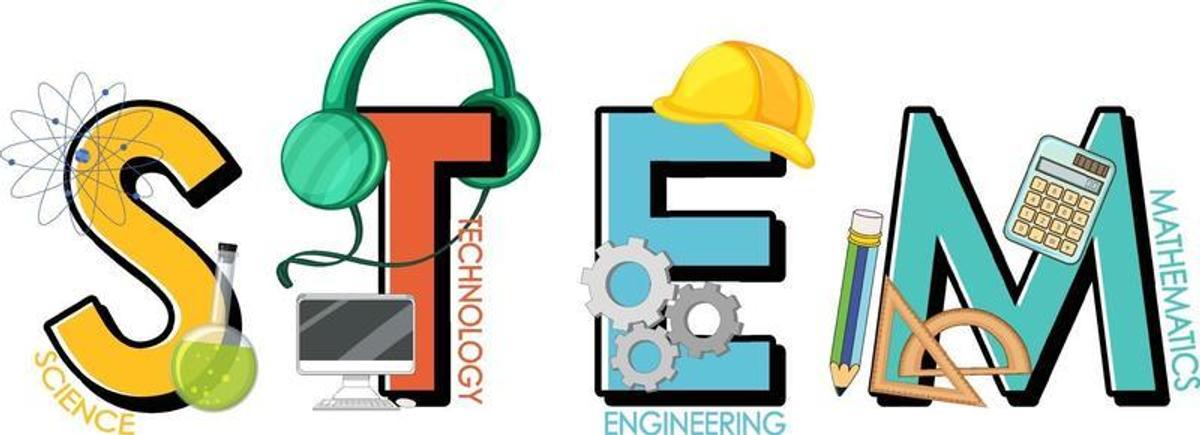Learning and Teaching

Encouraging science, technology, engineering and mathematics (STEM) skills
In last week’s Newsletter, we shared the student’s Science Week activities which all the students enjoyed participating in. At home, you can foster this curiosity and interest in different ways.
By showing your child that you have a positive attitude to STEM and you see the great possibilities it presents, you can have an impact on how your child feels.
The way that STEM subjects are taught may have changed over the years, but families are still able to support children of all ages to engage in STEM-related experiences.
Ways you can help your child engage with STEM
Investigate and ask questions about the real world
You can do this by asking open-ended questions, such as:
- Can you describe...?
- I wonder what would happen if...?I
- How would you answer that question...?
- What if...?.
Encourage and support activities that are STEM-related
For younger children, this could include:
- playing games to identify different shapes, numbers and patterns
- singing songs and nursery rhymes about numbers and playing with building blocks.
For older children, this could include:
- using a digital device to make a movie with special effects
- learning cooking skills
- encouraging the use of apps and computer games that are STEM-related.
For children at secondary school, you could:
- ask your child's school about STEM subjects and extra-curricular activities that may have a STEM focus – this could be national science forums, pedal prix, engineering challenges and coding challenges
- encourage young people to talk to their teachers or career advisers about pathways that lead to STEM careers.
STEM websites and places to visit
- STEM Programme Index (SPI) 2016 and STARportal have a collection of over 250 exciting activities and programmes for primary and secondary students in Australia.
- Museum Victoria cares for the state's scientific and cultural collections. Museum Victoria includes Melbourne Museum and Scienceworks, These museums provide stimulating exhibits and activities ensuring that families can maximise their STEM experience.
- Zoos Victoria, including Healesville Sanctuary, Melbourne Zoo and Werribee Open Range Zoo provides families with the opportunity to discover a wild range of wildlife and learn about conservation. Over the school holidays, students aged 13 to 18 years old can participate in the Youth leadership membership program.
- The Digital Technologies Hub for Families provides learning resources on digital technologies. The families section of the hub contains information, activities, career advice and cybersafety links for families to explore.
- Cosmos is a science magazine published in Australia. Its accompanying website has the latest science news, discoveries, developments and events.
- Victorian Maths Challenge involves exploring and solving maths challenges with family and friends. Amongst many activities, young children can collect, count and sort objects from the garden, balance on a see-saw and find patterns in the world around us.
- Backyard Species Discovery is a virtual citizen science Bush Blitz. It provides a virtual expedition to add to our knowledge of Australian biodiversity while keeping everyone busy at home and contributing data to the Atlas of Living Australia.
Article taken from Vic.gov.au - https://www.vic.gov.au/encouraging-science-technology-engineering-and-mathematics-stem-skills
Deborah Courtney
Director of Learning and Teaching

